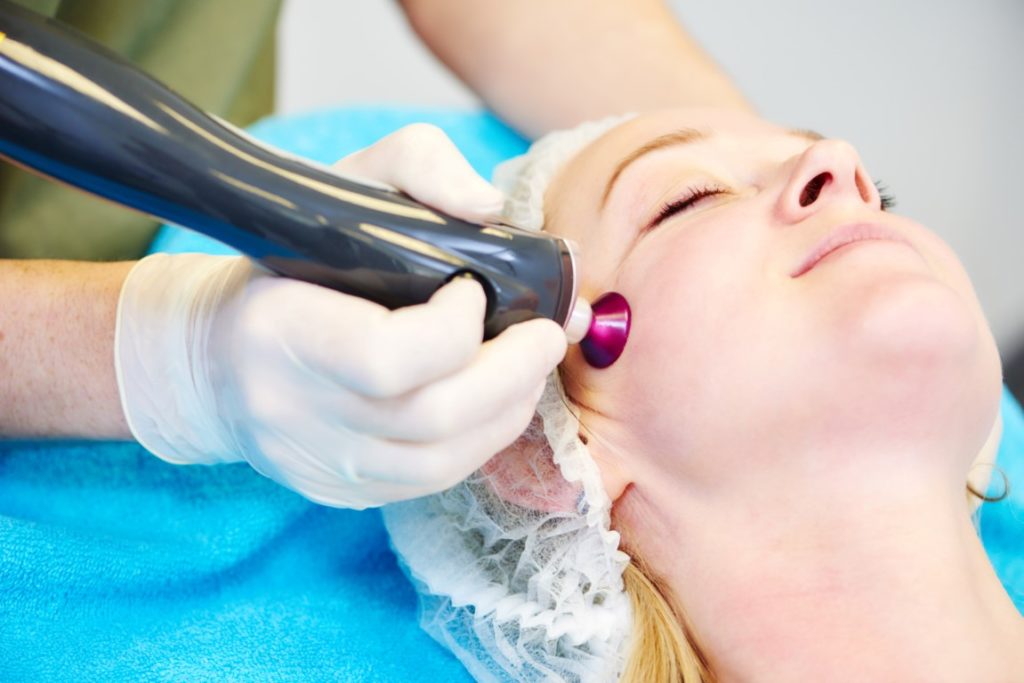A scar is an unpleasant reminder of a healthy body process, created when your skin repairs a wound caused by an accident, infection, inflammation, or surgery. Scars vary in shape and size. They may start out red and thick and fade over time, or turn flat, sunken, or lumpy.
These days, skin laser technology has advanced to the point where much can be done to treat scars. Laser scar removal or reduction is a common procedure performed in a dermatologist’s office or at a skin laser clinic. There are three main types of skin laser treatments available:
- Laser Resurfacing: In this treatment, dermatologists use a high-powered laser to remove the top layer of skin that has been scarred. The laser also penetrates to the skin’s middle layers, tightening and smoothing the skin. There are two types of lasers used for skin resurfacing, each with their own pros and cons:
- CO2 laser is a powerful laser that penetrates deeply into the skin and is better at removing thicker and deeper scars.
- Erbiuum-YAG laser is less powerful than the CO2 laser and is most often used to treat shallow scars.
- Fractionated Laser Resurfacing: This precise laser therapy uses tiny beams of light that penetrate deeply into the skin. The result is dozens or even hundreds of microscopic holes where skin cells have been removed, surrounded by healthy skin. The holes help break down old skin cells while stimulating collagen production within the deeper skin layers. The surrounding healthy skin helps to quickly heal the damage done by the laser therapy, resulting in fresh, new skin cells.
- Non-Ablative Laser Resurfacing: Dermatologists use infrared skin lasers to heat the inner layers of the skin while leaving the surface untouched. This promotes collagen production and creation of fresh new skin cells that will replace the scars’ damaged cells.
Laser Scar Removal: Are You a Candidate?
Laser scar removal is not an option for certain people, including:
- Individuals with skin disorders such as psoriasis, cystic acne and dermatitis
- Individuals using certain medications such as isotretinoin for acne




